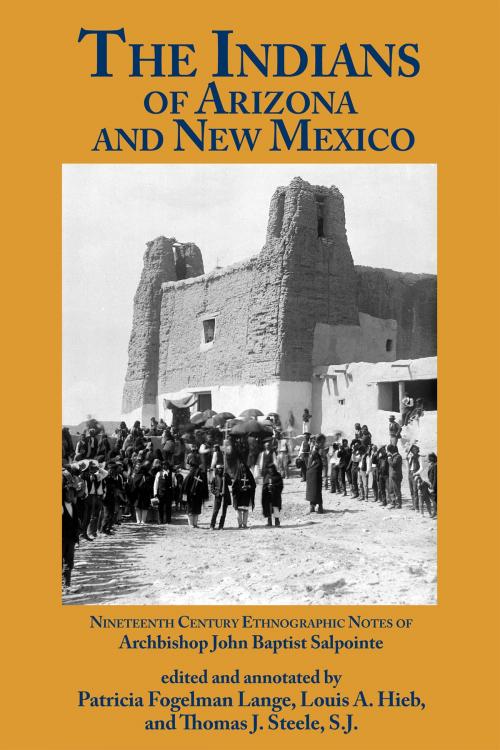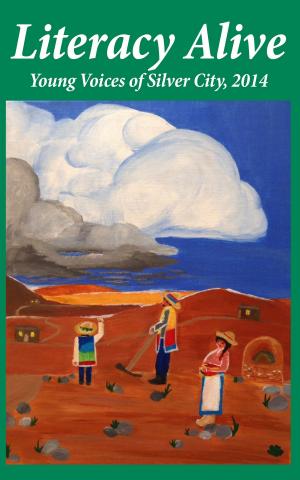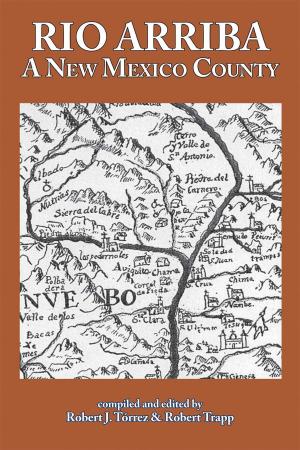The Indians of Arizona and New Mexico
Nineteenth Century Ethnographic Notes of Archbishop John Baptist Salpointe
Nonfiction, History, Americas, United States| Author: | Patricia Fogelman Lange, Louis A. Hieb, Thomas J. Steele | ISBN: | 9781936744664 |
| Publisher: | Rio Grande Books | Publication: | March 1, 2010 |
| Imprint: | Language: | English |
| Author: | Patricia Fogelman Lange, Louis A. Hieb, Thomas J. Steele |
| ISBN: | 9781936744664 |
| Publisher: | Rio Grande Books |
| Publication: | March 1, 2010 |
| Imprint: | |
| Language: | English |
This volume describes the little-known world of John Baptist Salpointe, successor to Archbishop Lamy and the second Archbishop of Santa Fe, who worked among Indian tribes in both Arizona and New Mexico during the tumultuous final years of the frontier between 1860-1898. All of his impressions and accumulated knowledge of Indian/White relations over this thirty-plus-year period are vividly described in his varied vignettes enhanced by the editors through extensive annotations contributing to a broader historical background for the reader. Portrayed here is the growth of this church dignitary from a young French priest who volunteered to live in the desolate Southwest to a resourceful man of strong will and determination as he encouraged the expansion of parishes, created religious schools, hospitals, and parishes, attended Indian ceremonies, and collected tribal statistics, tribal history, and folk tales from informants. This book will have special historical appeal to those readers interested in the frontier, Church philosophy, and Indian tribes of Arizona and New Mexico.
This volume describes the little-known world of John Baptist Salpointe, successor to Archbishop Lamy and the second Archbishop of Santa Fe, who worked among Indian tribes in both Arizona and New Mexico during the tumultuous final years of the frontier between 1860-1898. All of his impressions and accumulated knowledge of Indian/White relations over this thirty-plus-year period are vividly described in his varied vignettes enhanced by the editors through extensive annotations contributing to a broader historical background for the reader. Portrayed here is the growth of this church dignitary from a young French priest who volunteered to live in the desolate Southwest to a resourceful man of strong will and determination as he encouraged the expansion of parishes, created religious schools, hospitals, and parishes, attended Indian ceremonies, and collected tribal statistics, tribal history, and folk tales from informants. This book will have special historical appeal to those readers interested in the frontier, Church philosophy, and Indian tribes of Arizona and New Mexico.















